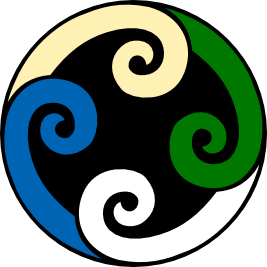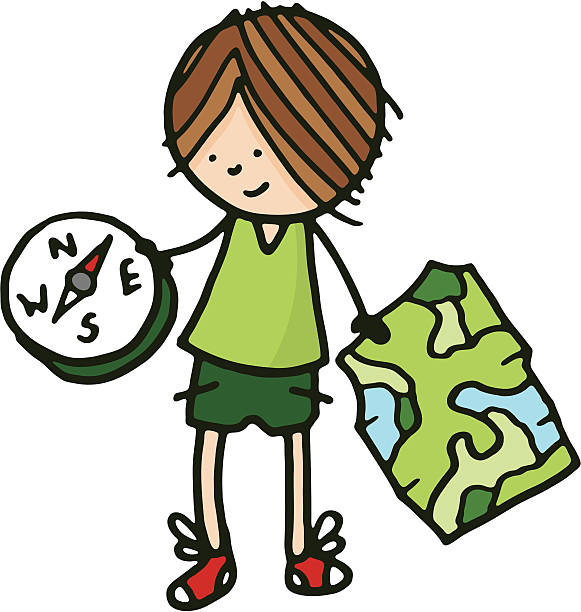8M1 Science
Section outline
-
Kia Ora ākonga!
Welcome to your Pūtaiao (science) course page for 2022. My name is Ms. Katafono and I will be your Science teacher this year. This page is where you will find all the information you will require for your Science course. All tasks and assessments will be placed here as well as additional lesson notes and resources. Please make it a habit to check this page at the start of each week to ensure you are up to date.
This term we will be focusing on the context: The Great Outdoors . We will be following this context through triathlons, so you will be outdoors participating in swimming, orienteering and cycling. We will be collaborating with Ms Wessels in P.E :)
Your kaiako here in the Maunga (Mountains) whānau hope that your year at MHJC will be full of fun and challenging activities that will see you grow as a learner. Enjoy this year and if there are any queries do come see me or feel free to email me - mkatafono@mhjc.school.nz
-

Kia Ora ākonga,
Unfortunately this week will look a little different. I will be working from home so like our topic - we must continue to adapt. I will set up work through google slides on google classroom. Each slide will have commentary as I have embedded my instructions within it to hopefully make it more clear ( and so it still feels like I'm sort of there with you all :) )
We will also be trialling out flipgrid. I've had positive feedback a from you all through all your video responses last year and this utilises this format effectively.
Below is the structure for this week:
Session 1: This is a chance for me to get to know you better. You will complete a science introduction video on flipgrid as well as some questions in your book. This is followed by the brainpop activity assigned on your dashboard.
Session 2: Group activity through flip grid - complete your video responses on the 'alien attack' topic and submit this. This will be followed by a drawing and brainstorm activity in your books.
Session 3: You will be watching an episode of Magic School Bus and completing questions re this in a google doc. Submit this once done.
EXPLORE / TŪHURA learning intentions:
- We are EXPLORING our context of the Great Outdoors by observing the different features that animals have and how these help them survive in their environment
- We are EXPLORING our context of the Great Outdoors by connecting features that animals have to different environments
Success Criteria: I can
- describe what features are and identify some on different animals.
- begin to see how animals have certain features depending on the environment they are in.
Activities:
- Flip grid group activity
- Drawing and brainstorming activity
-

Kia Ora Yr 8,
This week you will be having your bike training from sessions 1-4:
8M1: Monday and Tuesday
8M2: Wednesday and Thursday.
Because you will have maybe 1 or 2 sessions with me this week, we won't have much content. You will find your slides on G-classroom covering:
- What our context is - The Great Outdoors, and specifically looking at the triathlon
- What forces act on a bike to make it go faster or slower ( this is part of our physics topic but we will briefly look at this as it is relevant)
- Comparing the design of a bicycle and cyclist's suit to adaptations in some animals ( what help them go faster/slower)


EXPLORE / TŪHURA learning intentions:
- We are EXPLORING our context of the Great Outdoors by investigating the different forces that act on a bicycle and observing how these help it go faster or slower.
- We are EXPLORING our context of the Great Outdoors by Connecting our understanding of the forces, and design of the bicycle ( and cyclist's suit) to recognising the adaptations in some animals.
Success Criteria: I can/have...
- Understand our context of The Great Outdoors, and what the Triathlon is
- Describe some of the forces that act on the bike to make it go faster or slower.
- Compare the design of a bike and cyclist’s suit to adaptations of some animals and what makes them go faster/slower
Activities:
- Bicycle training
- Egg drop challenge ( design a contraption that can be dropped from a height without the egg breaking)
Homework:
Education perfect -
Kia Ora akongā,
This week we will be looking at the different adaptations that living things have and how these help them survive in specific habitats.
Plan for the week is as follows:
Tuesday: Bird beak adaptation experiment
Wednesday: Relief work set as I will be out. ( Education perfect - Adaptations)
Thursday: SLC ( No classes)
Friday: Focused Friday - 12pm finish ( Complete EP work)
EXPLORE / TŪHURA learning intentions:
- We are EXPLORING our context of the Great Outdoors by observing the structural adaptations of living things found in forests
- We are EXPLORING our context of the Great Outdoors by connecting the adaptations of living things in a forest to their particular habitats and recognising how it helps them survive.
- We are EXPLORING our context of the Great Outdoors by making observations and identifying how conditions impact the growth and survival of forest species.
Success Criteria: I can/have...
- define what adaptations and habitats are
- describe the different adaptations that living things in a rainforest have.
- Explain how the different adaptations of living things help it survive in a particular habitat
Activities:
- Bird beak experiment
- Education perfect - Adaptations / Ecology task
Homework:
EP and Brainpop assigned ( HW and FFR) -

Kia Ora akongā,
This week we will be moving into the colder habitats and discover the different adaptations that living things here, have. We will also look at what biotic and abiotic factors are as well as different examples of structural adaptations.
Plan for the week is as follows:
Tuesday: Adaptations presentation ( Each group will be assigned an animal with a scientist video and information. You will create a presentation identifying the different structural and behavioural adaptations,
Wednesday: Blubber experiment and 'My trip to Antarctica' activity on Google classroom
Thursday/Friday: Backyard exploration. Take pictures of different living things ( biotic and abiotic factors ) in your local area. You will identify what adaptations they have and what habitat they are in.
EXPLORE / TŪHURA learning intentions:
- We are EXPLORING our context of the Great Outdoors by investigating the different adaptations of living things in extremely cold climates.
- We are EXPLORING our context of the Great Outdoors by experimenting with 'blubber' to investigate how these adaptations help living things survive in cold climates.
- We are EXPLORING our context of the Great Outdoors by connecting our learning of adaptations to our own way of mimicking animal adaptations to survive in similar conditions
Success Criteria: I can/have...
- Define abiotic and biotic factors
- Explain why adaptations are important for the survival of a species
Activities:
- Blubber experiment
- 'My trip to Antartica' activity
- Backyard exploration in own backyard
Homework:
Backyard exploration and report on living things and their adaptations/ types -
Kia Ora Yr 8 ,
This week we will be finishing off on the different adaptations of animals and move on to the different types of ecosystems and the interactions within it.
Keywords to learn: Biotic, abiotic factors, ecosystem, organism, species, population, community,
Plan for the week is as follows:
Monday: Finish of behavioural adaptations, intro to ecosystems
Tuesday: Rotation station with the different ecosystems activity
Wednesday/Thursday: Bill NYE Biodiversity video with worksheet - Scientific Literacy Readworks
FOCUS / ARONGA learning intentions:
- We are FOCUSING on the different type of ecosystems in the great outdoors and identifying the different adaptations that animals require for it
- We are FOCUSING on comparing the different ecosystems and features within it to explain why different living things have certain adaptations there
Success Criteria: I can/have...
- Define the term ecosystem
- Identify living factors in an ecosystem
- Identify non-living factors in an ecosystem
- Describe what would happen if ecosystems were affected by human or natural interventions ( climate change, logging etc)
Activities:
- Rotation station with different habitats
- Bill NYE adaptations video and worksheet
- Scavenger hunt in Tāne identifying ecosystems, finding biotic and abiotic factors
Homework:
Education perfect -
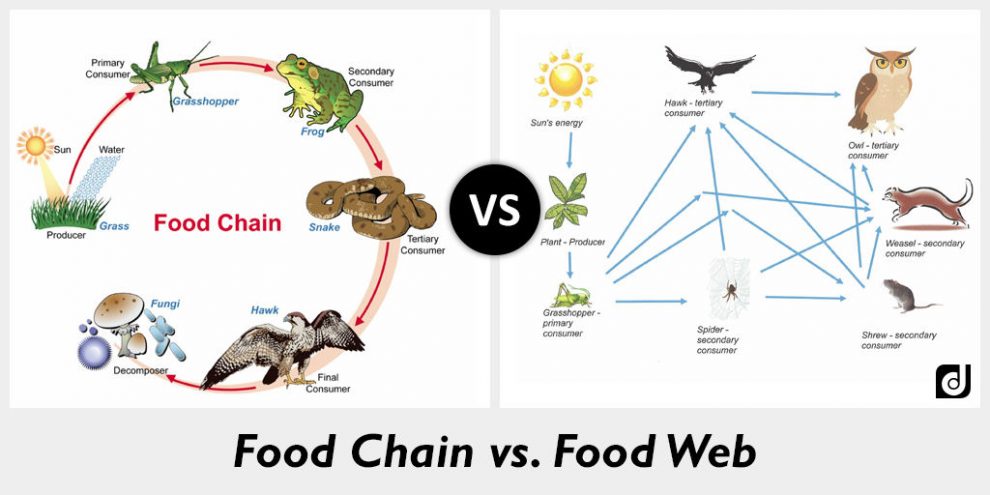
Kia Ora Ākonga,
This week we will be focusing on the interactions of biotic factors within the ecosystem. Specifically, we will look at food chains and food webs.
Plan for the week is as follows:
Tuesday: What are food chains and what are the key components within this. ( You will look at what producers and consumers are )
Wednesday: Food web/food chain journal - library visit
Thursday: Interactive foodweb and food chain activity
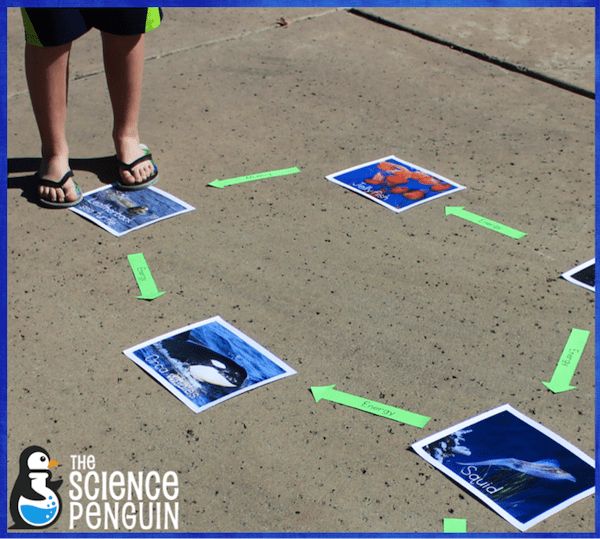
Success Criteria: I can
- describe ecology as the study of organisms and their environment
- Distinguish between producers and consumers
- Distinguish between herbivores, carnivores, omnivores and decomposers
- Draw a food chain and explain the energy transfers occurring
- Use food webs to identify feeding relationships
- Recall what MRSGREN is and identifying these in the living things within the ecosystem
Activities:
1. Googleclassroom - creating food chains
2. hands-on interactive walking food web
PLAN & DO / WHAKAMAHI learning intentions:
- We are PLANNING to construct interactive food webs and food chains to demonstrate our understanding of the interactions of biotic factors within the ecosystem
- We are PLANNING to apply our knowledge of the impacts of human and natural induced issues to consult and promote the importance of protecting our ecosystems and the interactions within it
-
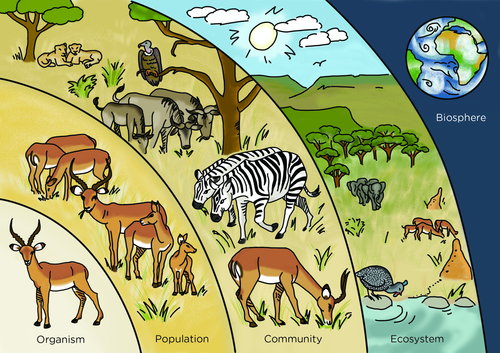
Kia Ora ākonga,
This week we will finish off our food chains and food webs and move into hierarchy and how it benefits a population.
Plan for the week is as follows:
Session 1: Food webs yarn activity and creating our own food web
Session 2: Scavenger hunt in Tāne, Look at native plants and animal species in Aotearoa
Session 3: Hierarchy and competition within and between species
PLAN & DO / WHAKAMAHI learning intentions:
- We are PLANNING to create our own food webs to apply our understanding of how different living things within an ecosystem interact with each other.
- We are PLANNING to prepare for our P.E and Science assessment by doing a scavenger hunt in Tāne
- We are PLANNING to demonstrate how hierarchy within a population can be beneficial by constructing our own ecosystem and justifying the 'chain of command'
Success Criteria: I can/have...
- Use clear definitions to distinguish between an organism, a species, a population, acommunity and an ecosystem
- Define hierarchy and explain how it benefits a population
- Explain, using examples, how competition for resources can occur between species
- Explain, using examples, how competition for resources can occur within a species
Activities:
- Food web yarn activity (done outside )
- Tāne scavenger hunt
Homework:
Brainpop assigned ( can be done for FFR) -
Kia Ora ākonga,
This Tuesday we will be off to Omana Regional Park for our Orienteering trip. This is also for your science and P.E collaborative assessment.
Plan for the week is as follows:
Tuesday: Omana Regional Park trip ( for assessment)
Wednesday: Work on Science and P.E Assessment
Thursday/Friday: Work on Science and P.E Assessment.

PLAN & DO / WHAKAMAHI learning intentions:
- We are PLANNING to go on a trip to Omana Regional Park and collaborate as a group during our orienteering activity
- We are PLANNING to solve the clues provided at our checkpoints to demonstrate our understanding of our learning this term.
- We are PLANNING to apply our learning by producing an assessment based on our orienteering activity for P.E and clues provided for science.
-

Kia Ora ākonga.
Our last of school, we will be reflecting on our learning and linking this back to matauranga Māori.
Sessions for the week is as follows:
Tuesday: Finish google classroom work ( Listening to the land article and questions, Ecosystems and Environment workbook and Brainpop)
Wednesday: Blooket - Adaptations and Habitat topic and mulching
Thursday: Free session - watch Lorax/Blooket
REFLECT / WHAIWHAKAARO learning intentions:
- We are REFLECTING on what we have learnt during our assessment and how this links to Matauranga Māori
- We are REFLECTING on the purpose of our assessment and reviewing how this could be done better
-
Welcome back ākonga!! This term our context will be Matariki/planting.
We will be collaborating with Maths and P.E to get a deeper understanding of the different aspects of Matariki and the true meaning of the celebration that will be having its first public holiday this year on the 24th of June.
In pūtaiao ( science) we will be focusing on different strands that relate to Matariki. We will look at stories and traditions and how these are linked to Astronomy ( the Day/Nights, phases of the moon and tides)
We will then move into Maramataka ( Māori lunar calendar) and how each day is linked to information guiding fishing, gardening and other activities in the natural world.
We will then move into planting, and observe the tree planting occurring by the bike track. You will then hopefully conduct your own experiments seeing how we can optimise different variables to have the best environment for plant growth. This will help you with your scientific method skills - in time for the science fair !
Plan for this week is as follows:
Tuesday: Matariki Title page, KWL chart and watching
Wednesday: Experiment
Thursday/Friday: Scientific Literacy
-
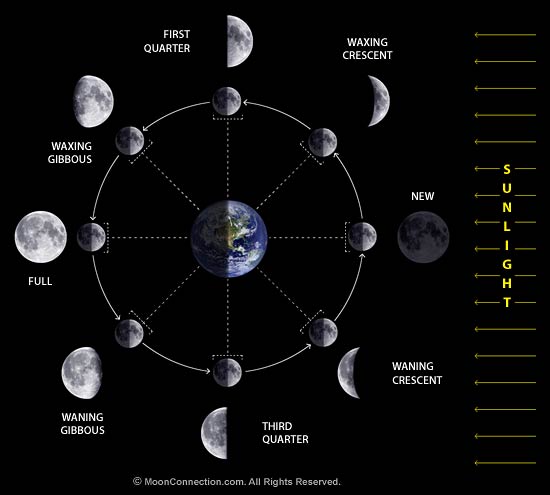
Kia Ora ākonga,
This week we will be finishing off on Matariki and focusing on moon phases and how this ( maramataka ) is used by Māori through a lunar calendar to guide their lives.
Plan for the week is as follows:
Tuesday: Māori traditions linked to the moon
Wednesday/Thursday: Moon phases experiment, background info on moon phases.
Friday: scientific literacy
Success Criteria: I can/have...
- to identify the Matariki constellation in the night sky
- the time of year that Matariki lies in the dawn sky
- the significance of this Māori calendar event in Māori life.
- Name the phases of the moon and identify them based on a model.
- Identify which phase of the moon occurs in various locations in its orbit around Earth.
- Describe why only one side of the moon is visible from Earth.
Activities:
- Moon phases experiment
- Brainpop activity
- Maramataka lunar activity
Homework:
Matariki workbook Pages 8-11EXPLORE / TŪHURA learning intentions:
- We are EXPLORING the context of Matariki and planting by doing Rangahau on the topic of Matariki and what it is about.
- We are EXPLORING the context of Matariki and planting by investigating how Māori myths of the moon compare to the scientific learning of moons
- We are EXPLORING the context of Matariki and planting by recognising the different phases of the moon and finding them based on a model.
-
EXPLORE / TŪHURA learning intentions:
- We are EXPLORING the context of Matariki and planting by
- We are EXPLORING the context of Matariki and planting by investigating how Māori myths of the sun compare to the scientific learning of the sun
- We are EXPLORING the context of Matariki and planting by recognising how night and day happen by observing a model and experimenting by creating a sun dial
- We are EXPLORING the context of Matariki and planting by questioning how we have seasons and connecting this to when Māori plant/harvest using maramataka
Kia Ora ākonga,
This week we will be looking at a Māori story explaining day and night and comparing this to western science.
Plan for the week is as follows:
Tuesday: Watching maui and the sun video and answering questions on google classroom. You will then compare this to Earth's orbit and rotation video and answer questions on a google form. Followed by a sundial experiment
Wednesday: Trip to Stardome/completing brain pop
Thursday/Friday: Seasons on Earth video, worksheet and followed by an experiment
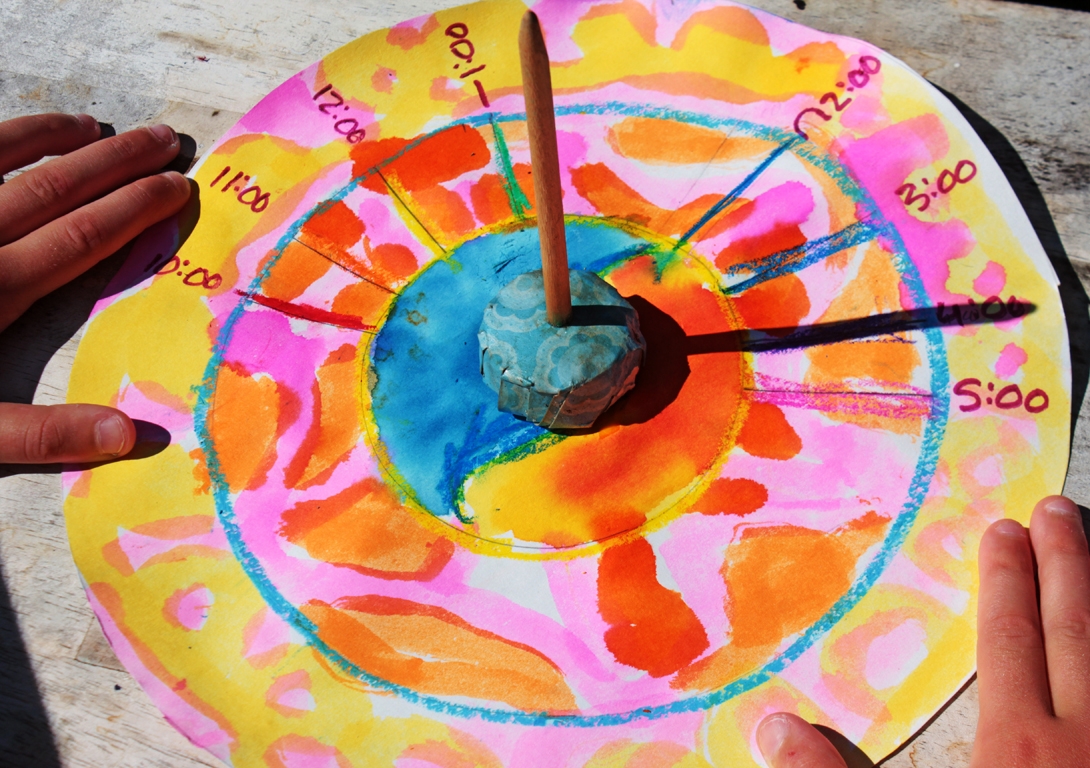
Success Criteria: I can/have...
Describe the cause of nighttime and daytime.
Explain why we have seasons on Earth.
Define the term month and year
Activities:
- Sun dial experiment
- Seasons activity
- Brainpop
Homework:
Moon phases diary for the week -
FOCUS / ARONGA learning intentions:
- We are FOCUSING on each of the stars within the Matariki cluster and what they represent
- We are FOCUSING on the 3 stars Waitī, Waitā and Waipunārangi and identifying how they are linked to water to explain the water cycle
- We are FOCUSING on describing the processes within the water cycle
Kia Ora ākonga,
This week we will be looking the 3 stars in the Matariki cluster and what they represent. The word 'wai' means water, so in pūtaiao we will be looking at the Water cycle
Plan for the week is as follows:
Tuesday: Learning from home >> You will be working through the slides and brainpop on how the moon influences tides on Earth ( introduction into Water)
Wednesday: Water cycle in a bag experiment and worksheet
Thursday/Friday: Water cycle brainpop activity ( Relief as I'm away )

Success Criteria: I can/have...
- Explain how the Moon influences the Earth tides
- Define what each of the stars waitī, waitā and Waipuna ā rangi signify
Describe the water cycle
Investigate and describe different clouds and how they form
Describe types of precipitation
Activities:
- Brainpop activity
- Water in a bag experiment
Homework:
Complete brainpop activities on google classroom and worksheets for home learning on Tuesday -
FOCUS / ARONGA learning intentions:
- We are FOCUSING on each of the stars within the Matariki cluster and what they represent
- We are FOCUSING on the star Ururangi and identifying how they are linked to wind to explain how wind is created, how wind is harnessed to create wind power and adapting this to develop our own wind powered object.
- We are FOCUSING on describing the processes within wind and extreme weather events

Kia ora ākonga,
Because we have a fairly short week this week, for the next 2 weeks we will be looking at finishing of our water cycle and EP 'oceans and sustainability competitions on EP, and move into the next star in the Matariki cluster which is Ururangi ( wind ) and start on our scientific methods.
Plan for week 6 is as follows:
Monday: Queen's Birthday ( public holiday )
Tuesday: Teacher Only Day ( no school )
Wednesday: Finish the oceans and sustainability EP competition, look at 4 types of precipitation and what is wind.
Thursday: (Away) - You will be completing the Water cycle, Tides and Wind segment on Brainpop
Friday: Same as Thursday's work for FFR
Week 7 plan of the week is as follows:
Tuesday: Wind vane experiment and worksheet. Start on movie: The boy who harnessed the wind ( with worksheet)
Wednesday: Movie: The boy who harnessed the wind (finish off)
Thursday: STEM challenge: Creating a wind powered /Kite
Friday: Scientific method for your experiment ( FFR)
Success Criteria: I can/have...
Describe types of precipitation
Define what the star Ururangi represents
Investigate what causes wind
Define pressure in relation to weather
Activities:
- Wind vane experiment
- DIY STEM challenge: wind powered car/boat (alt: make a kite for next week's activities)
Homework:
Brainpop : Wind, -
PLAN & DO / WHAKAMAHI learning intentions:
- We are PLANNING to construct jello plant and animal cells using various candy to demonstrate our understanding of the plant and animal cells, key organelles and its functions.
- We are PLANNING to apply our understanding of planting by hypothesising how our mung beans will grow in different conditions and solve a global issue of rising salinity levels in plants

Kia Ora ākonga,
Over the next few weeks you will be planting the native plants as part of the school-wide project to have 15,000 plants by the bike track. We will be looking at plants more in-depth. Plans for the next 3 weeks are as follows:
Week 8 plan for the Week is as follows:
Tuesday: You are scheduled in for planting
Wednesday: Photosynthesis experiment
Thursday:
8M1: Readworks scientific literacy reading on microbes
8M2: Booked in for tree planting
Success Criteria: I can/have...
Understand what photosynthesis is
Describe the basic structure of chloroplast
Practise writing a scientific aim
Understand what dependent and independent variables are

Week 9 plan for the Week is as follows:
Tuesday: Jello cells experiment and worksheet
Wednesday: Mung bean experiment and scientific report write-up
Thursday: Write-up for scientific experiment report. Observations on mung bean experiment


Kia ora...
Success Criteria: I can/have...
Microscope : How to use this correctly
Observing a plant under the microscope
Understanding the difference between plant and animal cells.
Activities:
- Jello cell experiment
- Using a microscope to observe plant and animal cells
Week 10 plan for the week is as follows:
Tuesday: Complete results and graph for mung bean experiment
Wednesday: Colour changing flower experiment and worksheet
Thursday: Activity options on google classroom as per screenshot below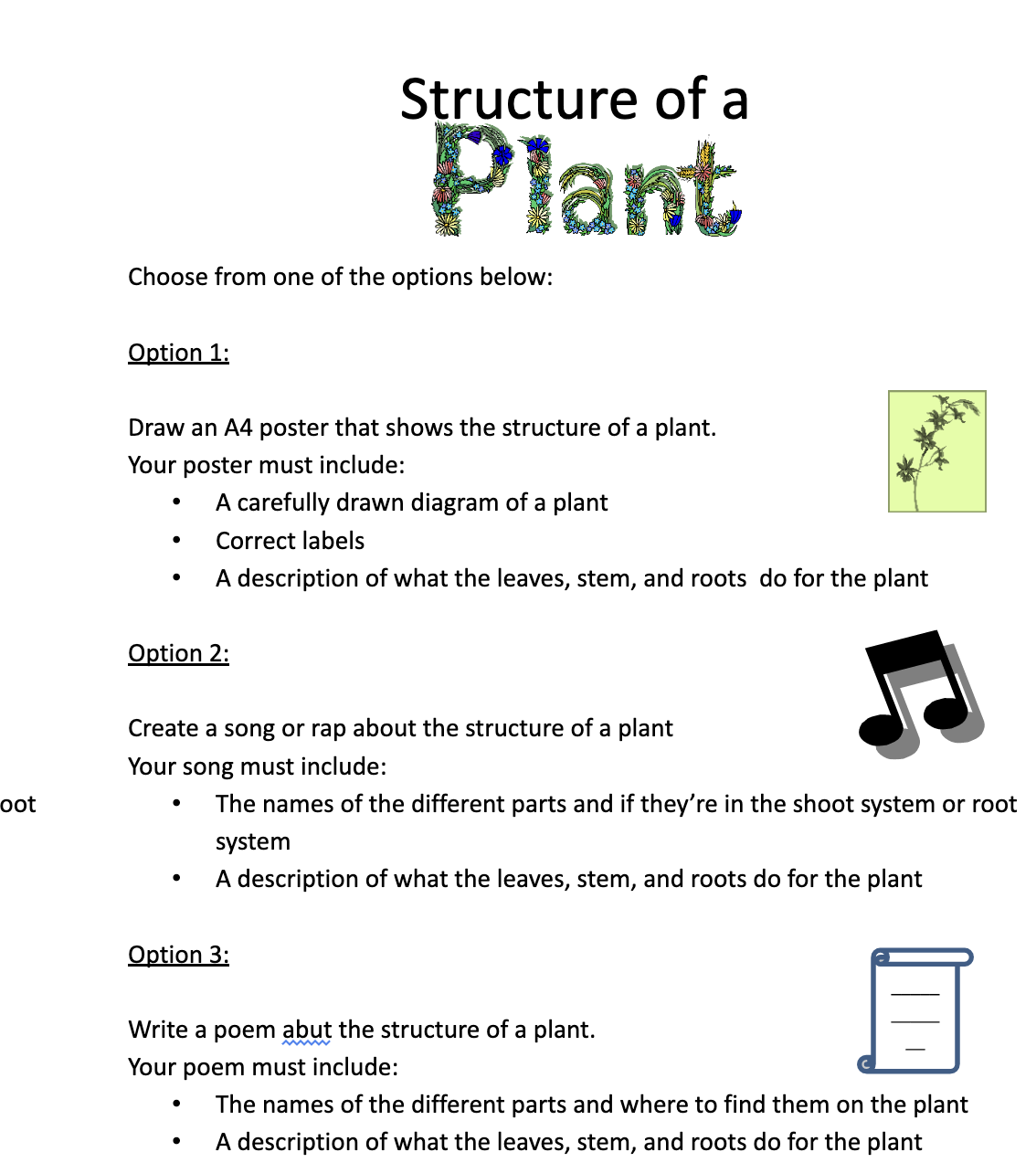
-
EXPLORE / TŪHURA learning intentions:
- We are EXPLORING our context of power rangers through physics by discovering the different global issues in the work and finding solutions that we can integrate into school and home lives through rangahau
Welcome back ākonga!! This term our context will be Power rangers ( emphasis on the power!!)

This term we will be collaborating with Maths, P.E and English to get a deeper understanding of the different aspects of power, electricity and all things related to this.
In pūtaiao ( science) we will be focusing on the strand of physics - specifically looking at Energy and Electricity. We will be doing these through an awesome challenge called the Wonder challenge! You will be doing this in groups and we will have an Electrical Engineer with us each week to help us with the challenge. You will be documenting your journey and at the end of the term you will create a solar device !
Achievement Objectives for this Term:
• Explore, describe and represent patterns and trends for everyday examples of electricity.
• Identify and describe everyday examples of sources of energy, forms of energy and energy transformations.Plan for this week is as follows:
Tuesday: Create a digital poster in pairs - looking at the global issues and ways we can resolve these in school and at home.Wednesday: Tennis ball bounce experiment and write up on google classroom
Thursday/Friday: Scientific Literacy/ NOS skills - Assigned on read works
Keywords: Energy, Potential Energy, Kinetic Energy, Energy transformation, Energy transfer, Atoms
-
EXPLORE / TŪHURA learning intentions:
- We are EXPLORING the concept of Physics through the context of Power Rangers by discovering the different types of energy and how these are converted into different energies
- We are EXPLORING the concept of physics through the context of power rangers by connecting our learning to the wonder challenge and observing the different types of energy through our experiment

Kia Ora ākonga,
This week you will be beginning your wonderchallenge!! Our awesome ambassador, Samuel will be with us every Tuesday to help you through the challenge.
Your achievement objective for this term is below:
Plan for the week is as follows:
Tuesday: You will be meeting your ambassador, intro to Potential and Kinetic Energy and Experiment: Transforming Energy.
Wednesday: Transforming Energy- Experiment: Circuits and notes
Thursday: Energy transformations literacy reading
Success Criteria: I can/have...
Understand key STEM skills and how they relate to power •
Discover how STEM is used to create sustainable solutions to power our communities
• Form a team and understand the importance of roles and responsibilities
• Learn about energy sources, energy forms and energy transformation and transfer
• Explore electrical energy and use learnings to create a basic electrical circuit
Experiments:
- Transforming Energy Experiment
- Creating circuits Experiment
Homework:
Brainpop: Complete Energy sources assigned on your dashboard by 8th August -
EXPLORE / TŪHURA learning intentions:
- We are EXPLORING the concept of Physics through the context of Power Rangers by investigating the journey electricity travels from its generation, through to use in the community
- We are EXPLORING the concept of physics through the context of power rangers by discovering the components of New Zealand’s National Grid and how they’re connected
- We are EXPLORING the concept of physics through the context of power rangers by classifying what are renewable and non-renewable energies.
- We are EXPLORING the concept of physics through the context of power rangers by researching different types of renewable energy and how STEM is used to find and develop renewable energy solutions
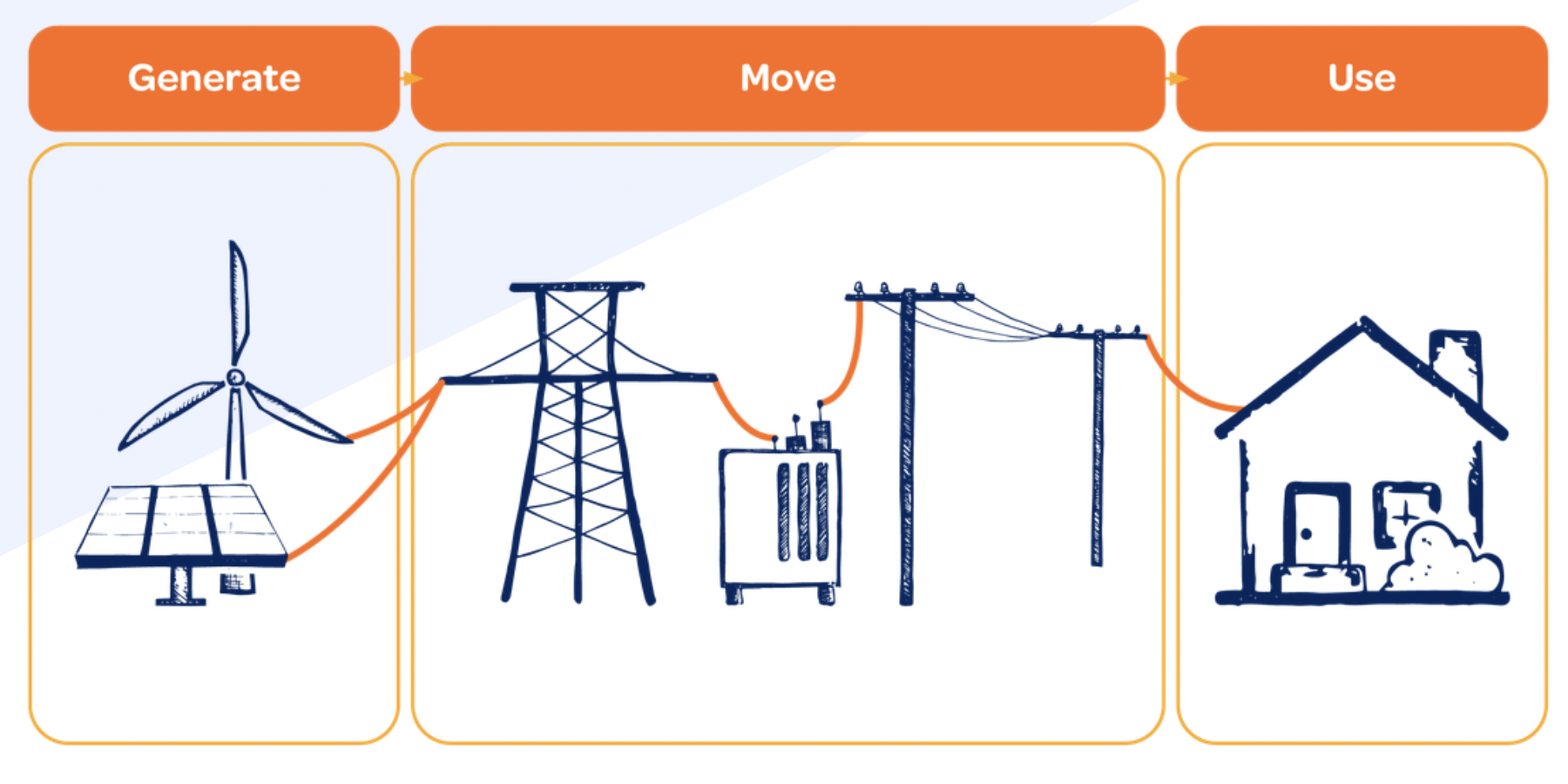
Kia Ora Yr 8s. This week we will be carrying on with our power challenge and observing the journey of electricity to our homes.
Plan for the week is as follows:
Tuesday: Looking at the national Grid in Aotearoa and how electricity works, with activity
Wednesday: Potato battery experiment
Thursday: Scientific Literacy/Skills
Success Criteria: I can/have...
- Investigate the journey electricity travels from its generation, through to use in the community
- Understand the components of New Zealand’s National Grid and how they’re connected
- Discover the difference between renewable and non-renewable energy
- Explore different types of renewable energy and how STEM is used to find and develop renewable energy solutions
Investigate power use at home or at school and plan ways to become more energy smart
Activities:
- National grid race activity
- Potato battery experiment
Homework:
Brainpop - -
FOCUS / ARONGA learning intentions:
- We are FOCUSING on our topic of Physics through the context of 'power rangers' by deducing electricity calculations of various everyday appliances and comparing these with each other.
- We are FOCUSING on our topic of Physics through the context of 'power rangers' by identifying the need to be energy smart and developing ways to resolve high electricity use.
- We are FOCUSING on our topic of Physics through the context of 'power rangers' by understanding how different types of energy is transformed and used
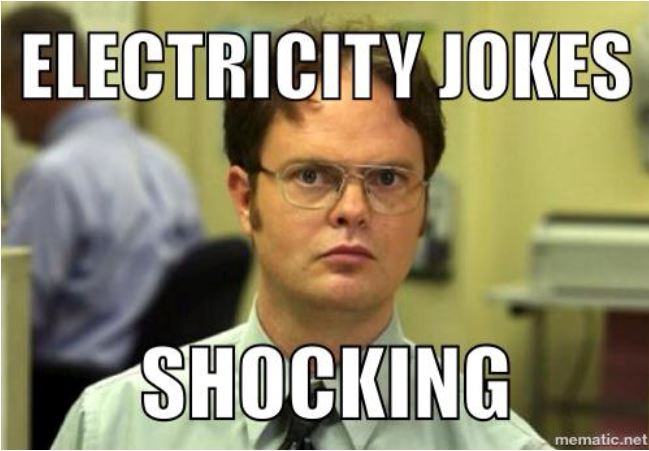
Kia Ora ākonga,
This week we will be completing some of our Wonder challenge lessons before starting the assessment on Thursday. Plan for the week is as follows:
Tuesday: How do we measure electricity? Energy Detectives activity calculating energy for everyday devices we use.
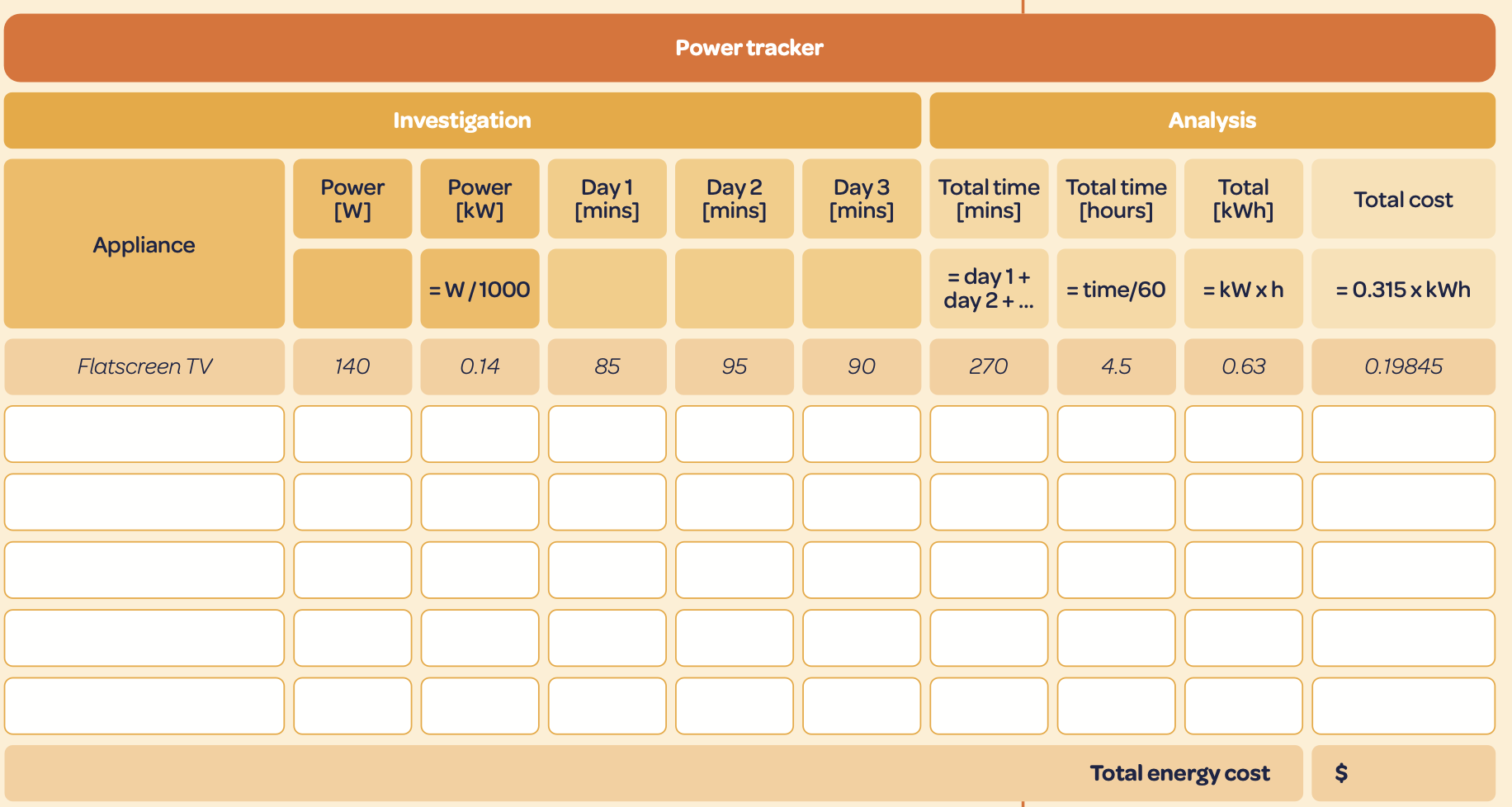
Wednesday: What is static electricity/ with experiment
Thursday: Assessment introduction. ( Scroll up to the top of the page for the link to submit your assessment- You will need to attach a photo of your assessment and hand in the hard copy of your poster to me by the due date)
Success Criteria: I can/have...
1. Investigate the journey electricity travels from its generation, through to use in the community
2. Understand the components of New Zealand’s National Grid and how they’re connected
3. Discover the difference between renewable and non-renewable energy
4. Explore different types of renewable energy and how STEM is used to find and develop renewable energy solutions
Investigate power use at home or at school and plan ways to become more energy smart
Activities:
- Energy detectives
- Static electricity experiment
Homework:
Finding resources for your wind turbines within your groups.Assessment week
-
PLAN & DO / WHAKAMAHI learning intentions:
- We are PLANNING in our topic of Physics through our context of 'power rangers' by Tātai and collaborating with our groups using the engineering design process to construct our wind turbine design.
- We are PLANNING in our topic of Physics through our context of 'power rangers' by consulting our expert engineers and applying our knowledge to create a prototype of our wind turbine and demonstrating the efficiency of different designs (by experimenting with different variables )
Kia Ora ākonga,
This week we will begin planning to make our own wind turbine by using the engineeering design process. Over the next few weeks you will be working in your groups to plan, design and test your wind turbines so that it is robust enough to generate enough electricity to power our mini town house.
Plan for the weeks are as follows:
Week 6:
Tuesday: Introduction into the engineering design process. What are the key stages that you will need to go through when planning your wind turbine process within your groups. ( We will be focusing on stages 1-3 , ask, imagine and plan )
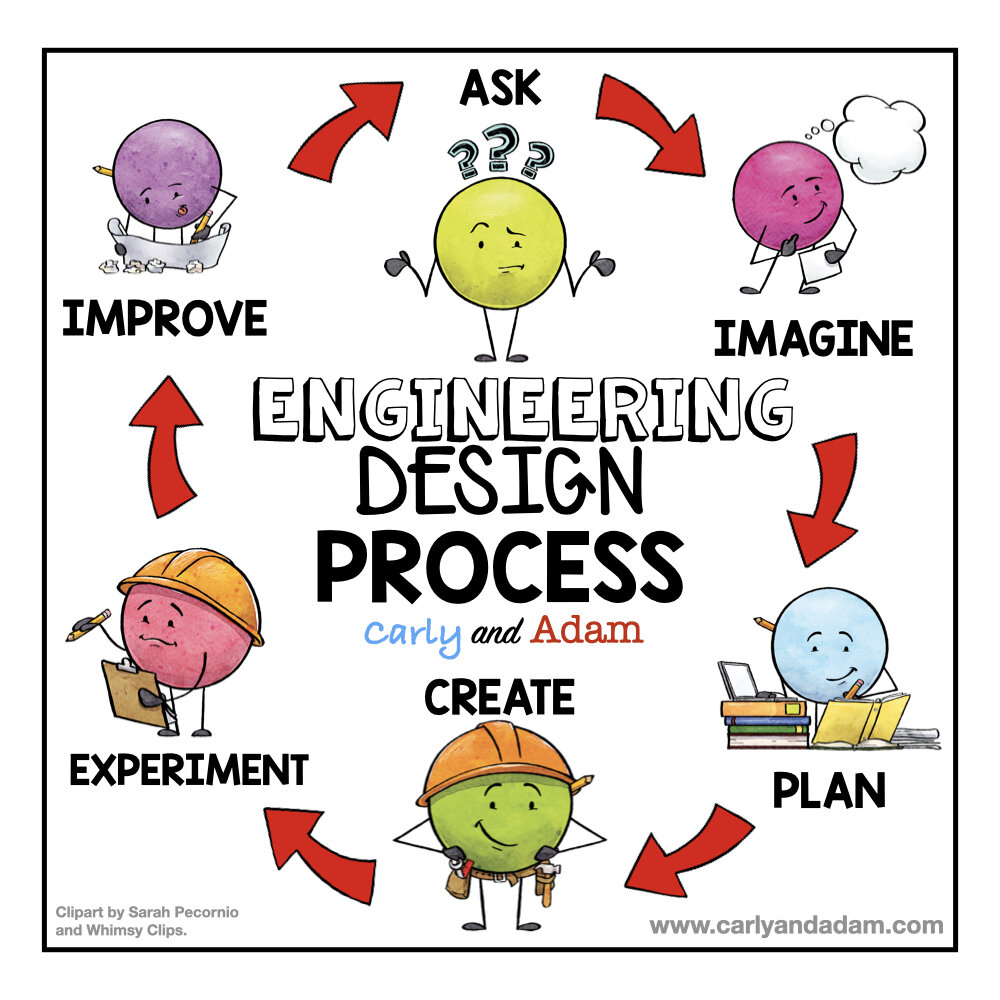
Wednesday: We will be looking at elements of an efficient turbine design, and the effects of different design variables and aerodynamics.
Thursday: Imagine and plan an efficient turbine design in your teams - we will be testing them
Week 7:
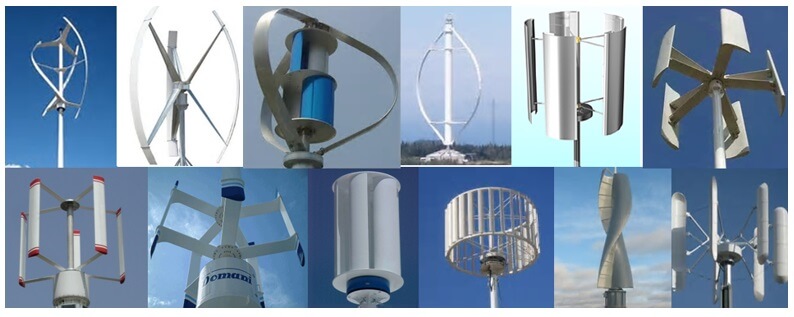
Tuesday: Look at the fourth and fifth stage of the design process this week. Time to create and look at what prototypes are ( Ambassadors will be sharing their stories about this process and of any prototypes used in their work.
Wednesday: Putting our prototype of the wind turbine together
Thursday: Time to test our product - will it light up
Week 8:
Tuesday: We will be going through the 6th and final stage of the engineering design process.
Wednesday: Your final challenge is to use your renewable energy solution to light up your mini town
Thursday: Time to reflect: Research and discuss our different renewable energy solutions, what are the limitations how can we improve this?
Kia ora...
Success Criteria: I can/have...
• Follow the engineering design process to design and build a wind turbine prototype
• Learn the basics of how a wind turbine works to inform prototype design
• Discover the concept of variables
• Understand aerodynamics and how it impactsturbine performance
• Represent turbine design through drawing
• Undertake functional modelling of turbine prototype using design variables and knowledge on aerodynamics
• Explore modelling with three dimensional geometric shapes to represent turbine blade designs
• Evaluate and test turbine fitness of purpose and energy output
• Analyse and draw conclusions from wind turbine performance data.
Activities:
- Using engineering design process to plan, test prototype and create a final product of your wind turbine design to test on the mini city in Week 8
- Research on limitations/ cons of renewable energy sources and how we could improve these?
Homework:
Bring in different resources, material to test for your blade design and wind turbine -
EXPLORE / TŪHURA learning intentions:
- We are EXPLORING the topic of Mātai matū ( Chemistry) within the context of Halloween by observing the states of matter and how particles are arranged, their movement and how these change states.
- We are EXPLORING the topic of Mātai matū ( Chemistry) within the context of Halloween by identifying the differences and classifying between the types of matter: elements, mixtures and compounds by investigating their properties and experimenting
- We are EXPLORING the topic of Mātai matū ( Chemistry) within the context of Halloween by locating common elements on the periodic table, recognising their properties and discovering patterns between their locations on periodic table and why they are organised this way.
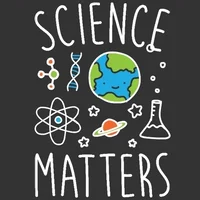
Kia Ora ākonga, and welcome back to Term 4!! Our context this term is Halloween so we will be learning chemistry and some human biology through this!
Plan for this week is as follows: Atoms, Elements, Compounds and Mixtures
Tuesday: Chemistry title page, KWL chart- what is matter, Brainpop activity
Wednesday: Elements, Mixtures and compounds activity
Thursday: Scientific literacy and Elements, Mixtures and compounds activity

Success Criteria: I can/have...
1. To define an element, compound and mixture
2. To classify materials as elements, compounds or mixtures using information provided
3. To use the terms atoms and molecules correctly to describe elements, compounds and mixtures.Activities:
1. Elements, compounds and mixtures activity
Homework:
Scientific literacy reading on GC : ECM -
EXPLORE / TŪHURA learning intentions:
- We are EXPLORING the topic of Mātai matū ( Chemistry) within the context of Halloween by observing the states of matter and how particles are arranged, their movement and how these change states.
- We are EXPLORING the topic of Mātai matū ( Chemistry) within the context of Halloween by identifying the differences and classifying between the types of matter: elements, mixtures and compounds by investigating their properties and experimenting
- We are EXPLORING the topic of Mātai matū ( Chemistry) within the context of Halloween by locating common elements on the periodic table, recognising their properties and discovering patterns between their locations on periodic table and why they are organised this way.

Kia ora ākonga,
This week we will be looking at the atomic structure. Plan for the week is as follows:
Tuesday: Edible atomic structure activity and written work
Wednesday: Relief: Familiarising with the periodic table and some of the key elements. You will be working on the worksheet on Google classroom with the reliever.
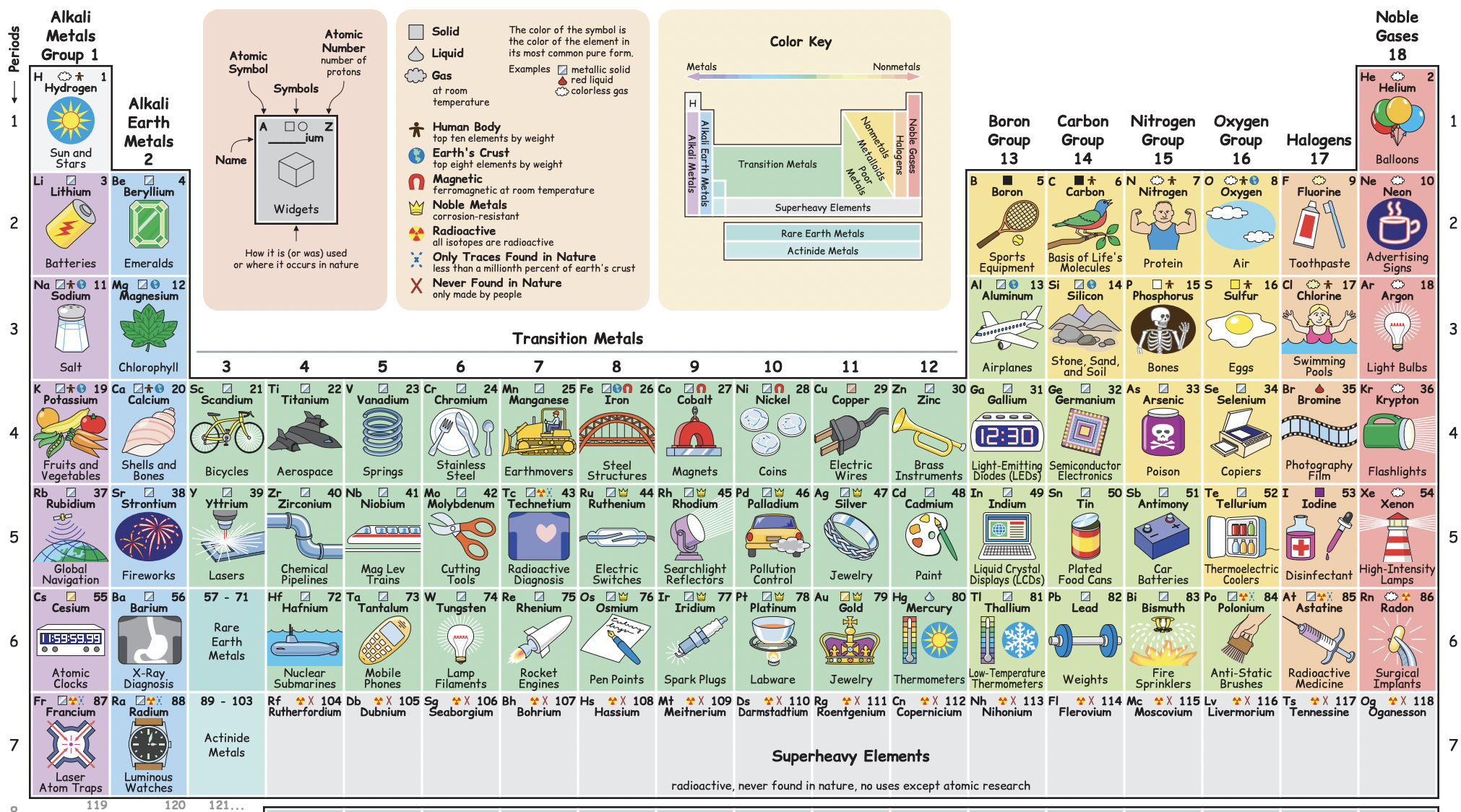
Thursday: Making marble paper experiment
Success Criteria: I can understand
- •The structure of an atom
- •About the relative size of the nucleus
- •That atoms of a given element have the same number of protons in the nucleus
- •The meaning of the terms ‘atomic number’ and ‘mass number’
Key words: atom, nucleus, protons, neutrons, electrons, atomic number, mass number, element, periodic table, groups, period
Activities:
- Edible atomic structure and worksheet
- Periodic table activity
- Marble paper experiment
-
EXPLORE / TŪHURA learning intentions:
- We are EXPLORING the topic of Mātai matū ( Chemistry) within the context of Halloween by observing the states of matter and how particles are arranged, their movement and how these change states.
- We are EXPLORING the topic of Mātai matū ( Chemistry) within the context of Halloween by identifying the differences and classifying between the types of matter: elements, mixtures and compounds by investigating their properties and experimenting
- We are EXPLORING the topic of Mātai matū ( Chemistry) within the context of Halloween by locating common elements on the periodic table, recognising their properties and discovering patterns between their locations on periodic table and why they are organised this way.
Kia ora ākonga,
This week we will be focusing on different aspects of Halloween given that it is Halloween season! An exciting week of halloween themed experiments and activities within the science context is as follows:
Tuesday: Dry ice experiment ( specifically looking at state changes and the process of sublimation )
Wednesday: State changes and sublimation process
Thursday: Literacy - Dry ice PEEL research skills.
-
FOCUS / ARONGA learning intentions:
- We are FOCUSING on the content of Chemistry through the context of Halloween by identifying the differences and comparing between physical and chemical changes
- We are FOCUSING on the content of Chemistry through the context of Halloween by describing the differences present in physical and chemical changes

Kia Ora ākonga, this week we will be looking at physical and chemical changes
Plan for the week is as follows:
Tuesday: phys vs chemical note taking and worksheet on GC
Wednesday: Phys vs chemical changes experiment with rotation station
Thursday/Friday : Relief: GC worksheets, Phsyc vs chem changes on EP
Success Criteria: I can/have...
1. Give examples of chemical and physical changes
2. Use observations to describe chemical and physical changes
3. Explain what the difference is between a physical and chemical changes
Activities:
- Phys chem worksheet
- Rotation station phys and chem experiment
Homework:
EP phys vs chem changes -
PLAN & DO / WHAKAMAHI learning intentions:
- We are PLANNING our content of Chemistry through the context of Halloween by applying our understanding of physical changes and performing an experiment to separate these through chromatography and density separation.
- We are PLANNING our content of Chemistry through the context of Halloween by preparing a density separating experiment in the form of a lava lamp to demonstrate how liquids separate according to density differences
Kia Ora ākonga,
This week we will be looking at how to 'undo physical changes. Two ways of doing this is chromatography and density separation. We will be conducting 2 experiments to undo these physical changes.
Plan for the week is as follows:
Tuesday: What is chromatography / Candy chromatography experiment
Wednesday: Density separation / lava lamp experiment
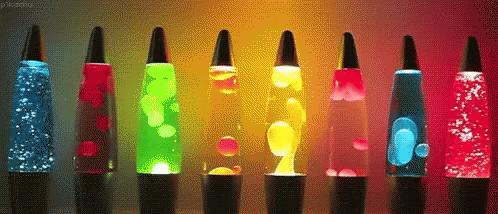
Thursday: Graphing skills
Success Criteria: I can/have...
- Be able to understand and describe what chromatography is
- How chromatography is used to separate mixtures into their separate compounds
- What is density separation? How do lava lamps show us physical change separation
Activities:
- Candy chromatography experiment
- Lava lamp experiment
Homework:
EP: Graphing -
FOCUS / ARONGA learning intentions:
- We are FOCUSING on the content of Chemistry through the context of Halloween by identifying the differences between acids and bases
- We are FOCUSING on the content of Chemistry through the context of Halloween by comparing our observations of acidic and basic solutions and how their colours explain or help identify these.

Kia Ora ākonga,
Over the next 2 weeks we will be looking at the topic of acids and bases.
Plan for the week is as follows:
Tuesday: Acids and Bases notes and content knowledge
Wednesday: Red cabbage indicator experiment and worksheet
Thursday/Friday: Acids scientific literacy reading
Success Criteria: I can/have...
1. observe the process of making a pH indicator.
2. test different common household items and observe the color change in from the indicator.
3. understand the cause of the color change in the pH indicator.
4. use litmus paper to determine whether a substance is a strong or weak acid/base.
5. use the internet as a research tool
Activities:
- Red cabbage indicator experiment
- Scientific literacy acids
Homework:
Finding household chemicals at home and determining if these are acidic or basic
